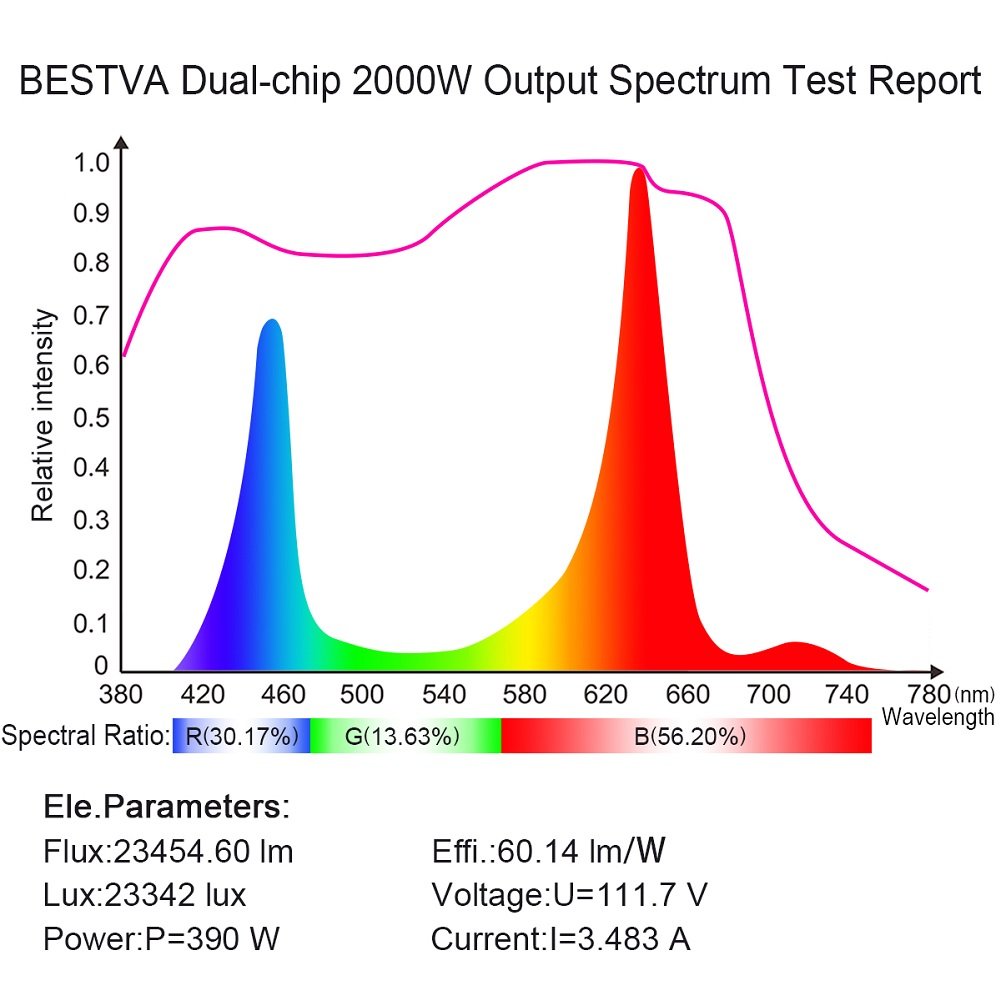How to Use Light Spectrum for Plants?
by Admin
Posted on 03-10-2022 04:25 PM
Grow your plants throughout the year: these led grow lights for indoor plants (full spectrum) provide the perfect high-quality plant light that will allow your indoor garden to bloom and flourish year round. The perfect plant grow lights for your home: show off your indoor garden without harsh or unsightly lighting. Ge's indoor led grow light bulbs provide a pleasing, natural light temperature that integrates well with any decorative aesthetic. Long-lasting, low energy, and low heat plant light bulb: the ge plant lights for indoor plants (full spectrum) feature advanced led technology that uses only 9 watts of energy with low heat generation.

The quality of a grow light can be understood by looking at the spectrum of that light source. Natural sunlight is intense and has a broad, balanced spectrum. Indoor plants require the same high intensity and broad yet balanced spectrum. So what is a spectrum? a light spectrum is the many different wavelengths of energy particles, called photons, produced by a light source. Those photons are measured at specific nanometers (nm) representing a wavelength of light or band of light energy. Visible light is the part of the spectrum from 380nm to 780nm. Plants utilize spectral energy from 300nm to 800nm.
⬤ spectrum x is one of the most advanced multi-bar led grow light for indoor plants. It is the first grow light that offers the possibility to pretend sunrise and sunset without a controller. ⬤ it delivers powerful 2200 μmol/s ppf output in the 880 watt class and high-efficacy 2. 8 μmol/j that helps you effectively optimize plant growth, enhances the quality and cuts operational costs. The body of the light is crafted from the strongest grade aluminum alloy and engineered for maximum durability. ⬤ the integrated led display shows the selected spectrum, actual wattage, ppf value and more! there are two turning knobs placed on top of the screen.
Until today, however, many still believe that a white light spectrum or full spectrum led is sufficient. In fact, it is enough for plants. However, the light spectrum of 3500 kelvin, which is mostly used in indoor cultivation, is only a compromise in order to meet the different requirements in growth and flowering to some extent. The consequence is average results that are only determined by the intensity of the light.
The Ideal LED Grow Light Spectrum for Plants
The relationship between the plants and lighting spectrum is very complicated.
In order to research the most appropriate lighting spectrum of all kinds of plants that fit indoor growing. People have spent much time and energy on it since many years ago. Some led grow light manufacture enterprises even combine with plants factories to study the relation of plants' growth characteristics and lighting spectrum. Among all light spectrums , led grow light full spectrum research begin from 1980s. Each component of light spectrum have different influence on plants growth. Generally at the different period of plants' growth cycle ,may plants have various requirement for light.
Plants use light in the photosynthetically active radiation spectrum, which includes wavelengths ranging from 400 (violet) to 700 (red) nanometers. Typically, plants use more blue and blue-green light when they are seedlings, and more red light later on in their life cycles when they begin to flower and produce seeds. If you are just using grow lights to start seeds or to grow leafy vegetables, stick to lights that are labeled either as blue-green spectrum or balanced light spectrum. It is increasingly common for lights to be labeled “for greens and seeds” or “for flowers and fruit”. In general, when buying grow lights, more light intensity is better.